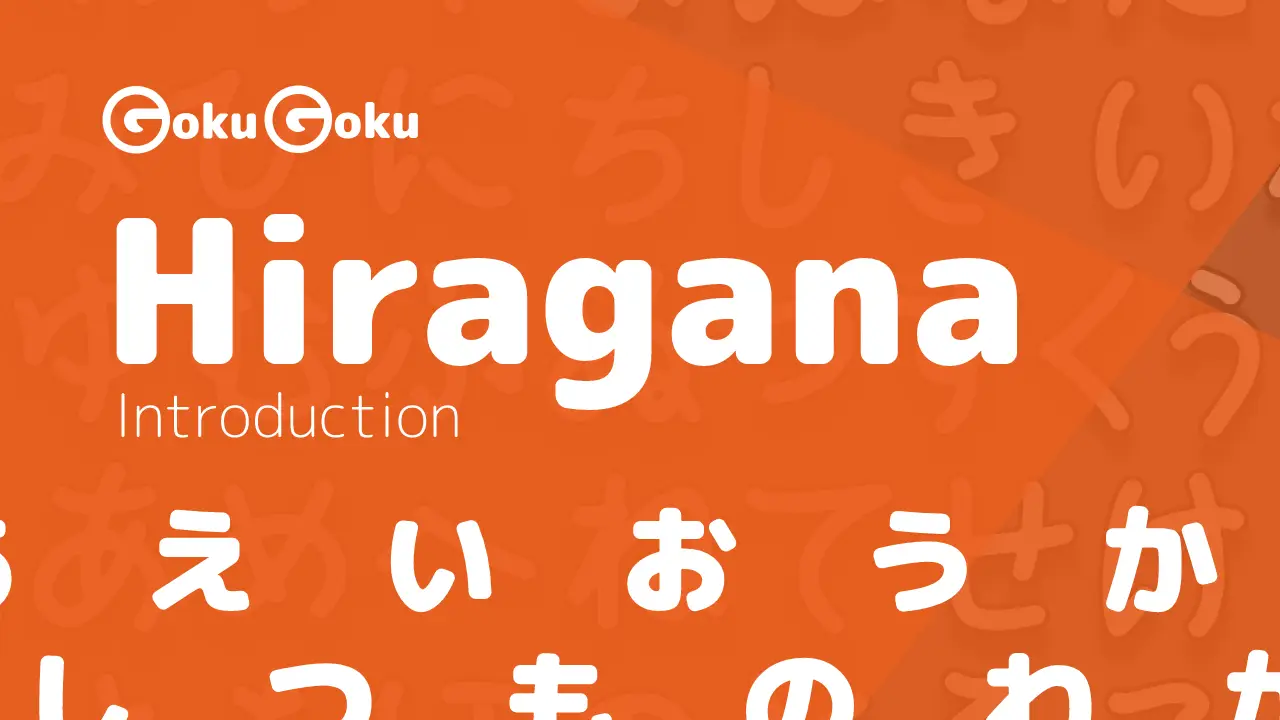この is a very common term in Japanese; it is an adjective and means this, these.
It belongs to the Kosoado series, the series of demonstratives that we are going to introduce in this post.
Let's look at この in particular, its characteristics and how it is used through sentences and examples of everyday use.
Kosoado: Demonstratives
The stems of the terms from which we form demonstratives in Japanese are:
- KO refers to something that is close to the speaker and far from the listener:
this,the one right here - SO refers to something that is far from the speaker and close to the listener:
that - A instead refers to something that is far from both speaker and listener:
the one over there - DO represents the interrogative which takes on a different translation depending on the question:
Which one?
The stem is then joined with the suffix that creates the various forms and functions of the demonstrative.
Examples with こ:
- こ + の: この: has the function of an adjective and is followed by a noun; この家
This house - こ + れ: これ: has pronoun function and is followed by a particle; これをください
Please give me this one - こ + こ: ここ: this series is translated as adverb of place, in Japanese it has a noun function and is followed by a particle:
here; ここはローマだWe are in Rome
Characteristic of この:
この is used to indicate something that is close to the speaker, in physical, temporal, but also emotional terms.
この comes from the same family as これ and ここ, which also indicate something close to the speaker.
この is the adjectival form and is therefore followed by a noun as specifier, unlike これ which, as we have seen, is a pronoun.
この: physically close to the speaker
この本は古いです。
This book is old.
のみの市でこのバッグを買ってきた。
I bought this bag at a flea market.
この: close in terms of time
It is used in temporal expressions to indicate something near in the past, the present present and the near future.
1 この with the meaning of next (future):
この土曜日:this Saturday that means 今週の土曜日
この月曜日、友達と映画を見に行きます。
I'm going to see a movie with my friends this Monday.
2 この indicating something current, in progress (present):
この時までには: by this time
この年は2023年です。
This year is 2023.
3 この with the meaning of last (past):
私はこの5年間一度も風邪を引いたことがありません.
I haven't caught cold these 5 years.
- この2日間:
these two days: it is implied the past two days.
Examples of この
このスープの味はどうですか。
How does this soup taste?
この映画はホラー映画だ。
This movie is a horror movie.
Title of a Japanese manga and anime:

「この世界の片隅に」
「In this corner of the world」
Similar grammar points in Japanese 📚
から
から (kara) Meaning Japanese Grammar - Because
だけ
だけ (dake) Meaning Japanese Grammar - Only
たりする
たりする (tari suru) Meaning Japanese Grammar - Do Such Things as A, B Etc
ちがう
ちがう (chigau) Meaning Japanese Grammar - No
まだ
まだ (mada) Meaning Japanese Grammar - Still
ないでください
ないでください (naide kudasai) Meaning Japanese Grammar - Please Do Not Do

